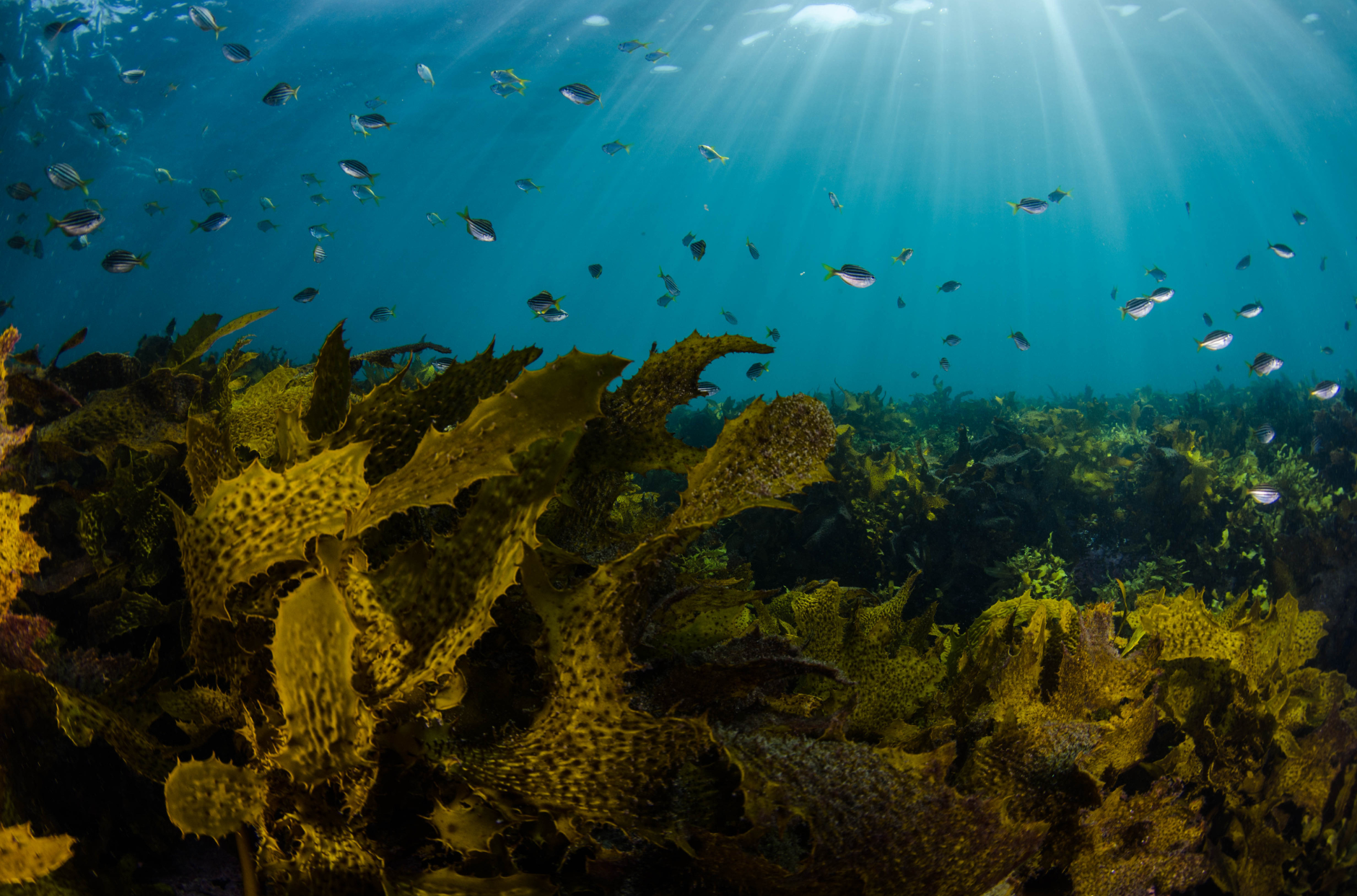March 1st is World Seagrass Day, a global initiative dedicated to highlighting its important role in our ecosystem. Seagrass meadows play a crucial role in capturing carbon, providing habitats for marine life, and preventing coastal erosion. But, like land forests, human interference, pollution, and climate change threatens the health of seagrass.
Conserving and restoring underwater plants (aka sea forestation) is a key part of global reforestation efforts. Community involvement is needed for success. Volunteering, supporting conservation policies, and participating in educational programs allows communities and individuals to contribute significantly to the health and vitality of seagrass ecosystems.
Not convinced? Read on to learn some interesting facts about seagrass and why it’s worth saving.
- Diverse species: There are 72 species of seagrass, each with its own unique characteristics and role in the ecosystem.
- Not grass: Despite its name and appearance, seagrass is actually a plant. It belongs to the same family as lilies, ginger and wheat, Seagrasses are flowering plants that have roots, veins, and seeds.
- Underwater Meadows: Seagrass often forms vast underwater meadows, providing essential habitats for a variety of marine life, from small invertebrates to large fish.
- Growth location: Seagrass is found in salty or semi-salty (brackish) coastal waters on every continent except Antarctica. Like other plants, it needs the sun to grow; it’s usually found in shallow waters between 3 and 9 feet deep. But certain species grow as deep as 60 feet.
- Carbon storage: Seagrass is a powerful carbon sink. It can capture and store up to 18% of the world’s oceanic carbon dioxide, helping to reduce the impact of climate change.
- Oxygen production: Seagrass creates oxygen through photosynthesis, which is necessary for the health of marine wildlife.
- Feeding grounds: Many marine species, including manatees, sea turtles, and seabirds eat seagrass.
- Improves water quality: Seagrass root systems trap sediment and silt, which makes water cleaner.
- Prevents erosion: Seagrass root systems bind to the sediment they grow in. This stabilizes the ground, protecting coasts from erosion. This protects coastal communities from flooding, and prevents land loss.
- Unique reproduction: Seagrass can reproduce both sexually, through pollination, and asexually, through self-cloning. Because of self-reproduction, there’s a patch of seagrass in the Mediterranean that’s approximately 200,000 years old!
- Halophytes: Seagrass is considered a halophyte, meaning it can tolerate and thrive in salty or brackish water conditions.
- Human use: Historically, seagrass has been used by various cultures in traditional medicine, for thatching roofs, weaving baskets, and fertilizing fields.
- Adaptation to tides: Seagrass has adapted to the constant ebb and flow of tides, with flexible leaves that bend without breaking.
- Nursery areas: Seagrass meadows serve as vital nursery areas for many fish species and other marine creatures, providing a safe space for them to grow.
- Symbiotic relationships: Seagrass forms symbiotic relationships with various organisms, like bacteria, which live in its roots. These organisms convert nitrogen into nutrients that seagrass uses to thrive.
- Economic value: Beyond ecological benefits, seagrass contributes to the economy by supporting fisheries, tourism, and shoreline protection services.
- Invasive species: Some seagrass ecosystems are threatened by the invasion of non-native species, disrupting the balance and biodiversity of these habitats.
Seagrass is a safeguard against the impact of climate change and coastal erosion. By protecting it, we ensure the safety of coastal communities, economic drivers, ecosystems, and the planet at large.
Sources:
https://ocean.si.edu/ocean-life/plants-algae/seagrass-and-seagrass-beds
https://www.un.org/en/observances/seagrass-day
https://www.seasidesustainability.org/post/the-effects-of-coastal-erosion
https://www.sciencedirect.com/science/article/abs/pii/S0964569104000626

